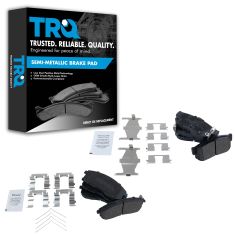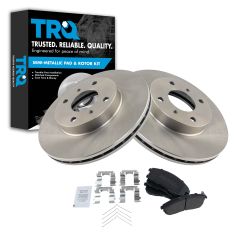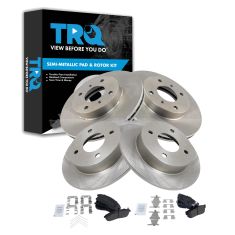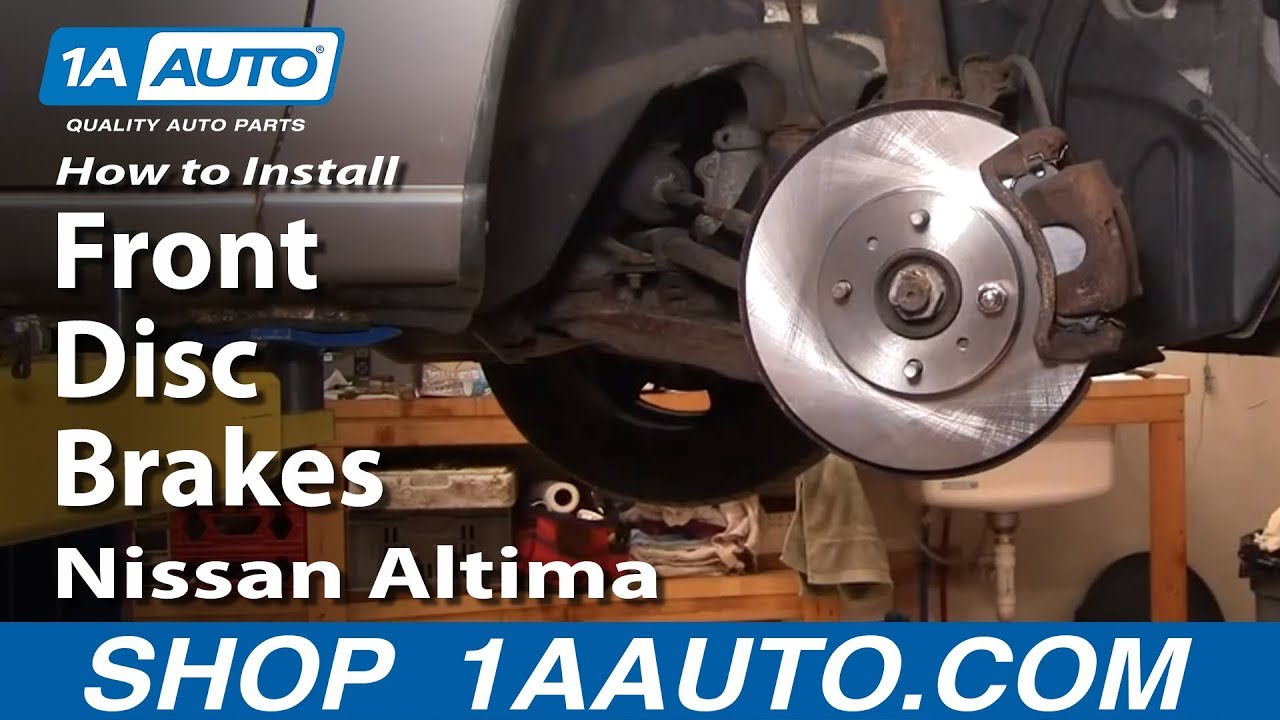1ABPS03022-Nissan Infiniti Suzuki Front Semi-Metallic Brake Pads TRQ BFA73568

Replaces
2001 Infiniti G20 Front Semi-Metallic Brake Pads TRQ BFA73568

Product Reviews
Loading reviews
There are no reviews for this item.
Customer Q&A
No questions have been asked about this item.
Infiniti is a registered trademark of Nissan Motor Co., Ltd. 1A Auto is not affiliated with or sponsored by Infiniti or Nissan Motor Co., Ltd.
See all trademarks.















